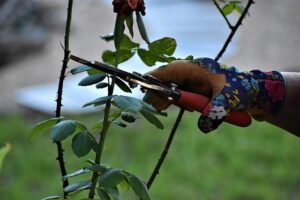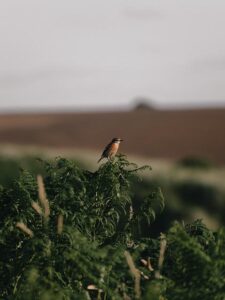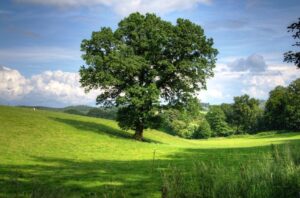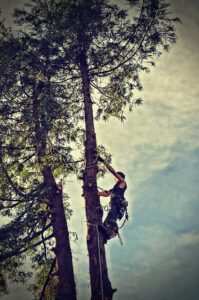
The Art and Science of Tree Pruning
Tree pruning is a delicate balance of aesthetics and physiology. Proper technique enhances tree health and appearance. Understanding tree biology is key to achieving optimal results.

Tree pruning is a delicate balance of aesthetics and physiology. Proper technique enhances tree health and appearance. Understanding tree biology is key to achieving optimal results.

Creating wildlife habitats with trees involves planting a variety of native species to provide food, shelter, and nesting sites for different wildlife. By incorporating trees into landscaping, you can support biodiversity and create a sustainable environment for animals to thrive.

Trees are not only essential for oxygen production and environmental balance, but many also possess medicinal properties. From the anti-inflammatory properties of willow bark to the immune-boosting effects of pine needles, trees offer a wealth of benefits for human health.

Trees have long been used as symbols in literature and poetry, representing themes such as growth, renewal, and the cycle of life. From William Wordsworth’s “Lines Written in Early Spring” to Shel Silverstein’s “The Giving Tree,” trees have captured the imagination of writers and readers alike.

Tree-based learning activities for kids are a great way to engage children with nature and foster curiosity about the environment. From tree identification to leaf art projects, there are plenty of fun and educational activities to try with your little ones.

Tree removal plays a crucial role in landscape management by allowing for proper plant growth, reducing competition for resources, and minimizing safety hazards. It is important to carefully consider the impact of tree removal on ecosystem health.

Tree transplanting techniques involve carefully digging up a tree’s root ball, moving it to a new location, and ensuring it receives proper care post-transplant. Proper planning and execution are crucial to ensure the tree’s survival and health.

Biodiversity and trees are closely linked, with forests providing habitats for countless species. Trees play a crucial role in supporting biodiversity by creating a rich ecosystem that sustains a variety of plants, animals, and microorganisms. Their conservation is essential for preserving the delicate balance of our planet’s ecosystems.

Pruning is a vital aspect of tree lifecycle management, ensuring healthy growth, safe structure, and overall longevity. Proper pruning techniques can promote strong branches, reduce disease risk, and enhance the aesthetic appeal of trees in both urban and natural settings.

Pruning trees is essential for their overall health and appearance. By removing dead or diseased branches, you can promote growth and prevent pests. Follow proper techniques to ensure your trees thrive.